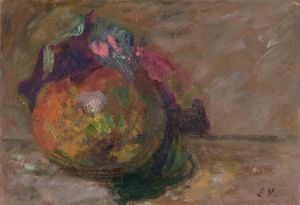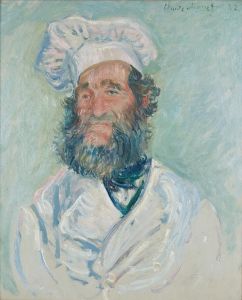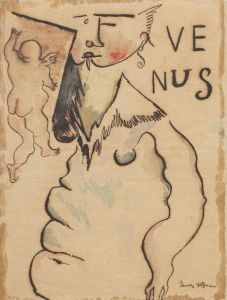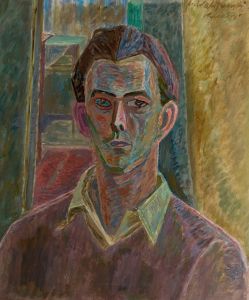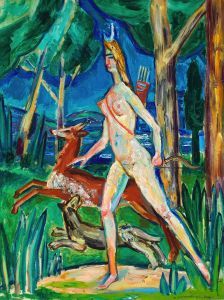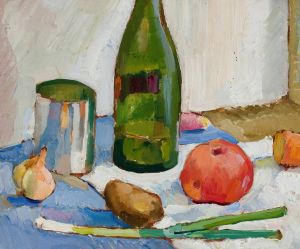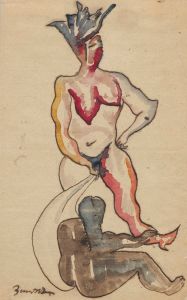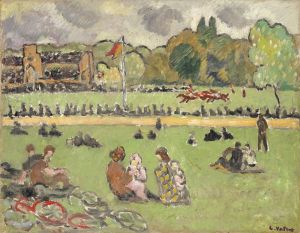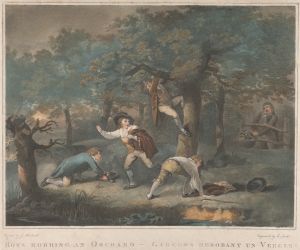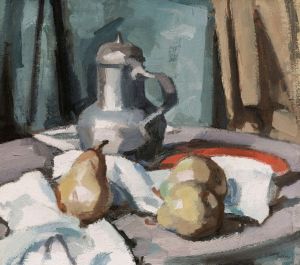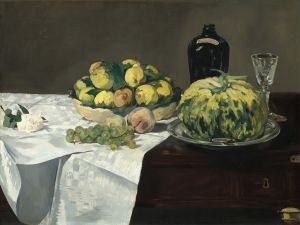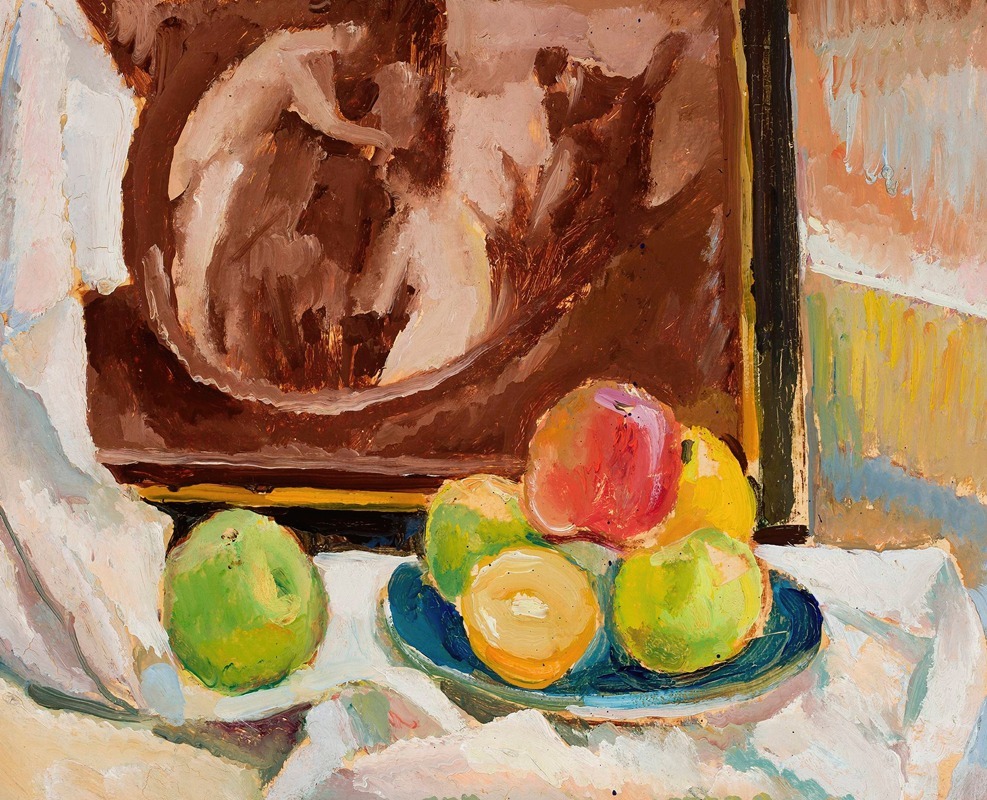
Still life
A hand-painted replica of Zygmunt Waliszewski’s masterpiece Still life, meticulously crafted by professional artists to capture the true essence of the original. Each piece is created with museum-quality canvas and rare mineral pigments, carefully painted by experienced artists with delicate brushstrokes and rich, layered colors to perfectly recreate the texture of the original artwork. Unlike machine-printed reproductions, this hand-painted version brings the painting to life, infused with the artist’s emotions and skill in every stroke. Whether for personal collection or home decoration, it instantly elevates the artistic atmosphere of any space.
Zygmunt Waliszewski (1897–1936) was a Polish painter associated with the Post-Impressionist and Expressionist movements. His works often reflected a vibrant use of color and a dynamic composition style, drawing inspiration from both European modernism and traditional Polish art. Among his notable works is the painting "Still Life," which exemplifies his skill in capturing everyday objects with a sense of vitality and artistic experimentation.
"Still Life" by Zygmunt Waliszewski is a composition that showcases the artist's interest in the genre of still life, a subject he explored throughout his career. The painting features a carefully arranged selection of objects, such as fruits, flowers, or household items, rendered with bold brushstrokes and a vivid color palette. Waliszewski's approach to still life painting often emphasized texture, light, and the interplay of shapes, creating a sense of movement and energy within the static arrangement.
Waliszewski was influenced by the works of Paul Cézanne, Henri Matisse, and the broader Post-Impressionist movement, which can be seen in his use of color and form. His still life paintings, including "Still Life," reflect his ability to merge these influences with his own unique artistic vision. The painting demonstrates his mastery of composition, as he carefully balances the elements within the frame to create a harmonious yet dynamic visual experience.
The exact date of creation for "Still Life" is not definitively documented, but it is believed to have been painted during the 1920s or 1930s, a period when Waliszewski was actively producing some of his most significant works. During this time, he was part of the Polish avant-garde art scene and contributed to the development of modern art in Poland. His works often bridged the gap between traditional themes and modern techniques, making them both innovative and accessible.
Today, "Still Life" is recognized as an example of Waliszewski's contribution to Polish art and his ability to reinterpret a classic genre through a modern lens. The painting is held in the collection of the National Museum in Warsaw, where it is displayed alongside other works by the artist. It continues to be appreciated for its artistic merit and its role in the broader context of 20th-century European art.
This painting, like much of Waliszewski's oeuvre, reflects his dedication to exploring the possibilities of color, form, and composition, leaving a lasting impact on the Polish art scene.





